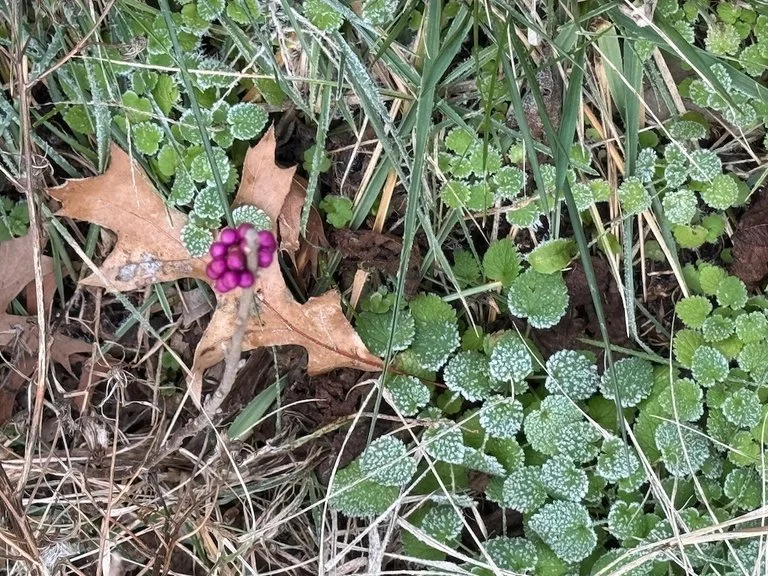Of Hot Tea and Mugs
/Now that the weather is occasionally cooler, I’m migrating from iced tea to hot tea.
I like to make a pot (in my coffee maker that has always been used for tea rather than coffee) of homegrown mint and stevia with white tea every morning. The brew smells and tastes wonderful alone or with a splash of unsweetened almond milk. Sometimes I make a second pot by just adding a Bencheley’s Apricot tea bag (black tea) to the basket on top of what is already there. The smell of tea is an important aspect of its appeal. It is the prelude to drinking tea and lingers in my kitchen - invigorating and comforting at the same time. Isn’t it nice to have a ‘comfort food’ that is low (or no) calorie?
I never drink small cups of tea…because I like a larger amount to drink and because I have such a wonderful collection of mugs. Some of my favorites are in the photograph above. There are holiday ones - the Santa with the beady eyes from an office party ‘secret Santa’ many years ago, the poinsettia, the valentines - which I use around those holidays. There are reminders of vacations or events - the Texas bluebonnets from a family, the Chesapeake birds, the green and white mug that was a gift for judging at a high school science fair, the silver travel mug that used to have a Cornell emblem on it. Last but not least there is the oldest mug of the bunch - one with a botanical theme in white and green and rust - that was a gift from over 35 years ago when I first decided that I really wanted something larger than the cups that came with our set of dishes!
































